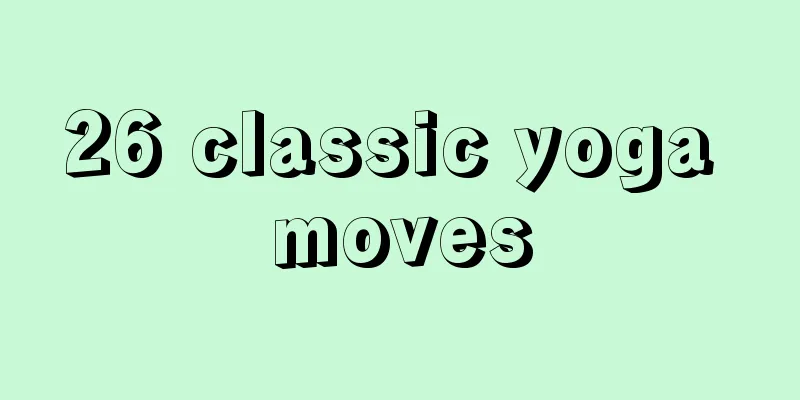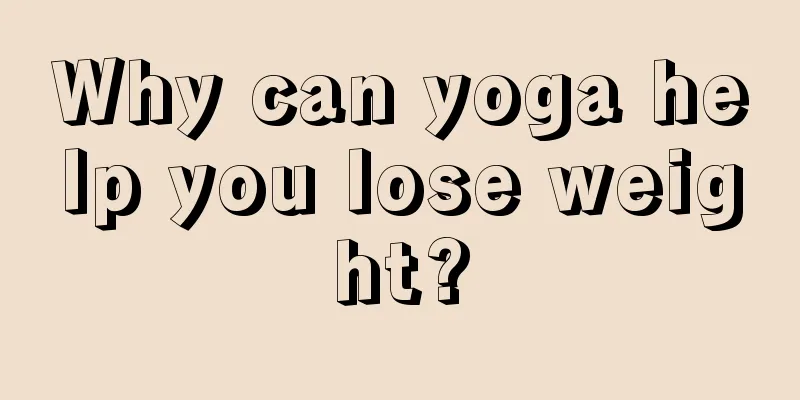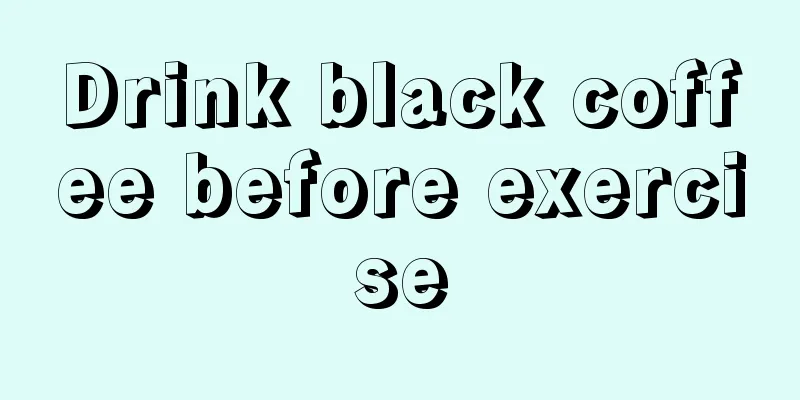26 classic yoga moves

|
Yoga is a method of exercising one's balance, flexibility and body coordination through various movements. Yoga consists of many kinds of movements, and each movement exercises different parts of the body. Only by doing each movement correctly can you achieve the purpose of exercising that part of the body. The most classic yoga movements are also the most effective movements. Next, I will teach you 26 classic yoga moves. First step: standing deep breath Function: Expand lung capacity, enhance circulation, and prepare for the following exercises! Half Moon Pose Function: Cheer up, stretch the spine, correct wrong posture, strengthen the waist line, buttocks, thighs, and enhance kidney function. The third type is clumsy Function: Strengthens the thigh, calf and buttocks muscles, stretches the hip joint, and helps relieve lower back pain and herniated disc. The fourth pose is the bird king pose Function: Improve body balance, coordination and concentration. Eliminate excess fat in the lower limbs and prevent and eliminate calf muscle cramps. Fifth pose: Standing head touching knees Effect: Improve concentration, patience, and decisiveness, tighten the abdominal and thigh muscles, benefit the sciatic nerve, and stretch the Achilles tendon and shoulder blades. Sixth posture: Standing bow pose Function: Promote blood circulation, improve cardiopulmonary function, allow blood to flow fully to internal organs and glands, and promote physical health; improve concentration, patience, and decisiveness. Strengthens abdomen and thighs. Tighten your upper arm, hip, and buttocks muscles. Improves flexibility and strength of the upper body and most muscles of the body. Warrior 3 Function: Improve the body's balance ability. Eighth pose: Standing Split Leg Stretch Function: Stretches the ligaments of the posterior thigh muscles and Achilles tendon. Promote the function of abdominal organs and glands, improve constipation and sciatica, and make the spine more flexible Ninth pose: Triangle pose Effect: Benefits every muscle, joint, gland and internal organ in the body. This is one of the most important poses for developing hip and lateral lumbar extension and strength. It can reduce waist circumference and strengthen the triceps, trapezius and pectoralis major. Tenth posture: Standing Split Legs and Head Touching Knees Function: Reduce excess fat in the abdomen, waist, hips, buttocks and thighs. Stretch the posterior thigh ligament. 11. Tree Pose Function: Strengthens the leg, back and chest muscles. Improve balance and concentration, correct bad posture and prevent hernia. 12. Toe pose Effect: This exercise can make you more patient. Physically, it can treat gout and rheumatism in the knees, ankles, and feet, and it also has a good effect on hemorrhoids. Thirteenth posture: supine posture Function: Restore blood circulation to normal and completely relax the body. Do this pose after each subsequent movement. 14th Style: Wind Removal Function: Massage the abdominal viscera, strengthen the abdominal muscles, improve constipation, and remove stomach bloating. 15th posture: Sit-up dynamic back extension Function: Tighten the abdomen, stretch the leg ligaments and spine. 16th Cobra Pose Function: Keep the spine in a healthy and flexible state, improve various back pains and relatively minor spinal injuries. This pose is also good for the reproductive organs. It can also regulate menstrual disorders and various female functional disorders. Strengthens the deltoids, trapezius, and biceps. 17. Locust Pose Function: It allows more blood to flow to the spinal area, nourishes the spinal nerves, and strengthens the lower back and waist muscles. It is also beneficial for the digestive system as well as the bladder and prostate. 18th Posture: Full Locust Pose Effect: It has the same effect as Cobra Pose and Bow Pose, strengthening the waist, abdomen, upper arms and thigh muscles. The full locust pose can also relieve or even eliminate insomnia, and has a good effect on asthma, bronchitis and kidney disorders. 19th Style: Bow Pose Function: Bow pose is an excellent posture for strengthening muscles throughout the body. It strengthens the back, chest, and abdominal muscles, relaxes the hips, shoulders, and joints, and stretches and strengthens the legs, arms, throat, neck, and jaw muscles. Strengthening the back muscles can eliminate pain and stiffness caused by fatigue. 20th Posture: Reclining Hero Pose Effect: It has certain therapeutic effects on sciatica, gout, and rheumatism, eliminates excess thigh fat, strengthens calf muscles, and stretches the lower back, knee joints, and ankles. 21. Half Tortoise Pose Function: Let the body fully relax, improve indigestion symptoms, benefit the lungs, allow more blood to flow to the brain, and make the thinking more agile. Camel pose Function: It is beneficial to the digestion, excretion and reproductive systems, stretches and strengthens the spine. Relieve and eliminate constipation, back pain, waist pain, and correct bad postures such as hunchback and drooping shoulders. It stretches the abdominal organs, throat, thyroid gland, and parathyroid glands, expands the chest cavity, benefits the lungs, and reduces excess fat in the waist and abdomen. Rabbit pose Function: Maximize the stretching of the spine, nourish the spinal nerves, maintain the flexibility and elasticity of the spine, promote digestion, and treat colds. 24. Single-leg and double-leg head-to-knee pose Function: stretches the sciatic nerve, ankles, knees, hip joints, promotes gastrointestinal digestion, and improves kidney function. Twenty-fifth posture: Spinal twist Function: Stretch and relax the spine. Relax the muscles of the waist, back, shoulders and neck to prevent waist and back pain. Promote intestinal peristalsis, which is beneficial for excretion and absorption. Twenty-sixth posture: Thunderbolt sitting inhalation Effect: Lower body temperature, stretch and relax abdominal organs, promote circulation, strengthen abdominal muscles, and reduce waist circumference. |
<<: Five yoga detox moves at night
>>: How to train the lower chest muscles
Recommend
How to exercise to lose belly fat
Having a flat and sexy belly is the dream of many...
The benefits of badminton exercise
Our country advocates badminton, which is a very ...
Running can reduce muscle
Running is a very good aerobic exercise. It can e...
What are the muscle training equipment?
If you want to exercise your muscles through equi...
What are the dangers of long-term exercise after meals?
I believe many people get a headache when they me...
What should you pay attention to when sweating while running in winter
Nowadays, many people are exercising, and exercis...
What are some exercises to train your waist?
Abdominal muscles are a symbol of sexiness, but th...
How to do yoga for weight loss effectively?
Yoga, which comes from ancient India, can not onl...
Yoga belly slimming method
Losing weight has become a concern for more and m...
How to train leg muscles
Well-toned leg muscles make you look more powerfu...
What is Pilates Fitness Equipment?
Drinking tea is a good habit, and tea has certain...
Does squatting improve sexual performance?
Squat is an exercise for leg training. Although i...
What causes leg cramps during exercise?
When our muscles are stimulated to a certain exte...
Eleven things to note when swimming in summer
In the hot summer, many people choose to swim to ...
What are some yoga moves for lifting the hips and slimming the waist?
How can a good figure be without a flat and slend...









